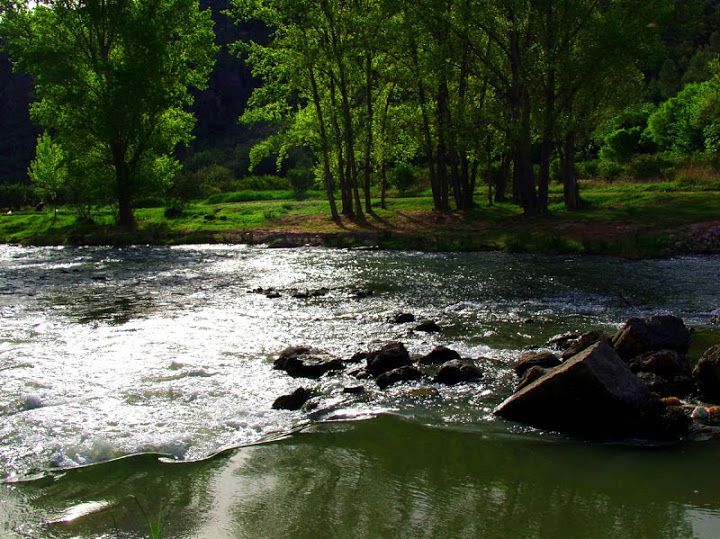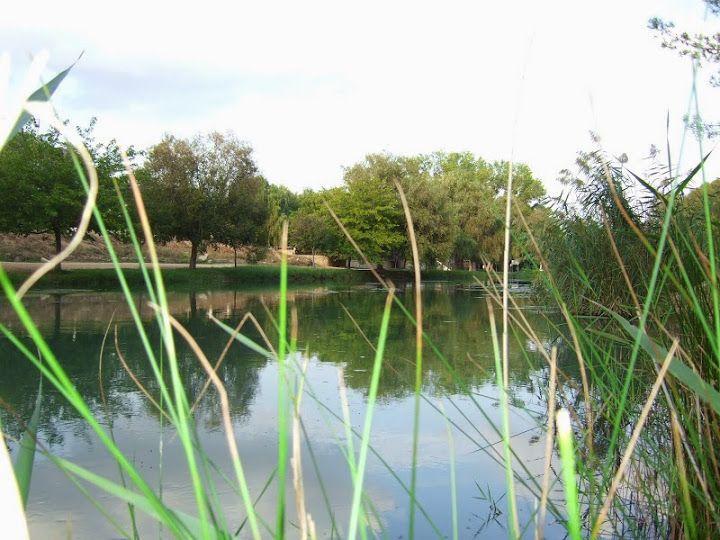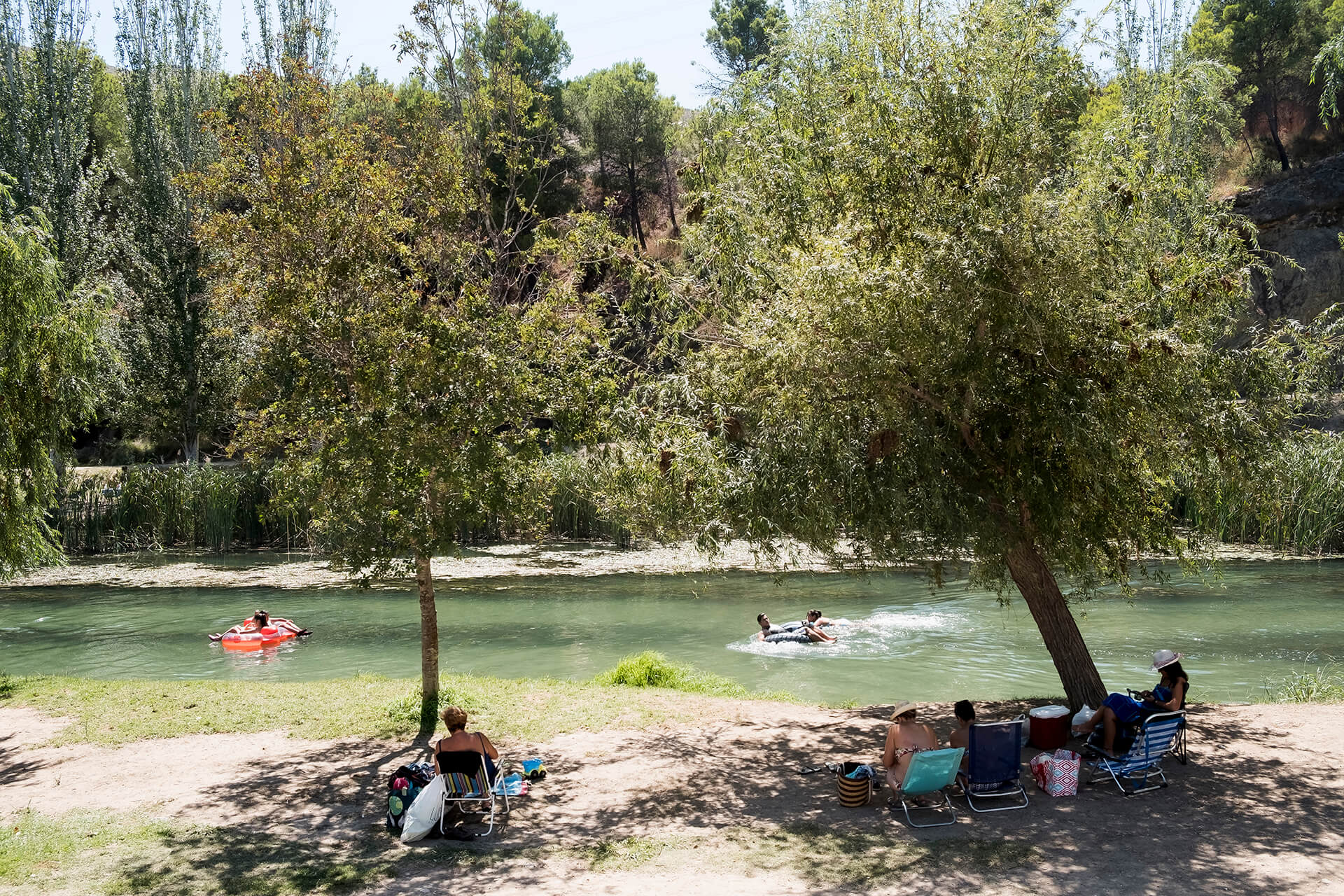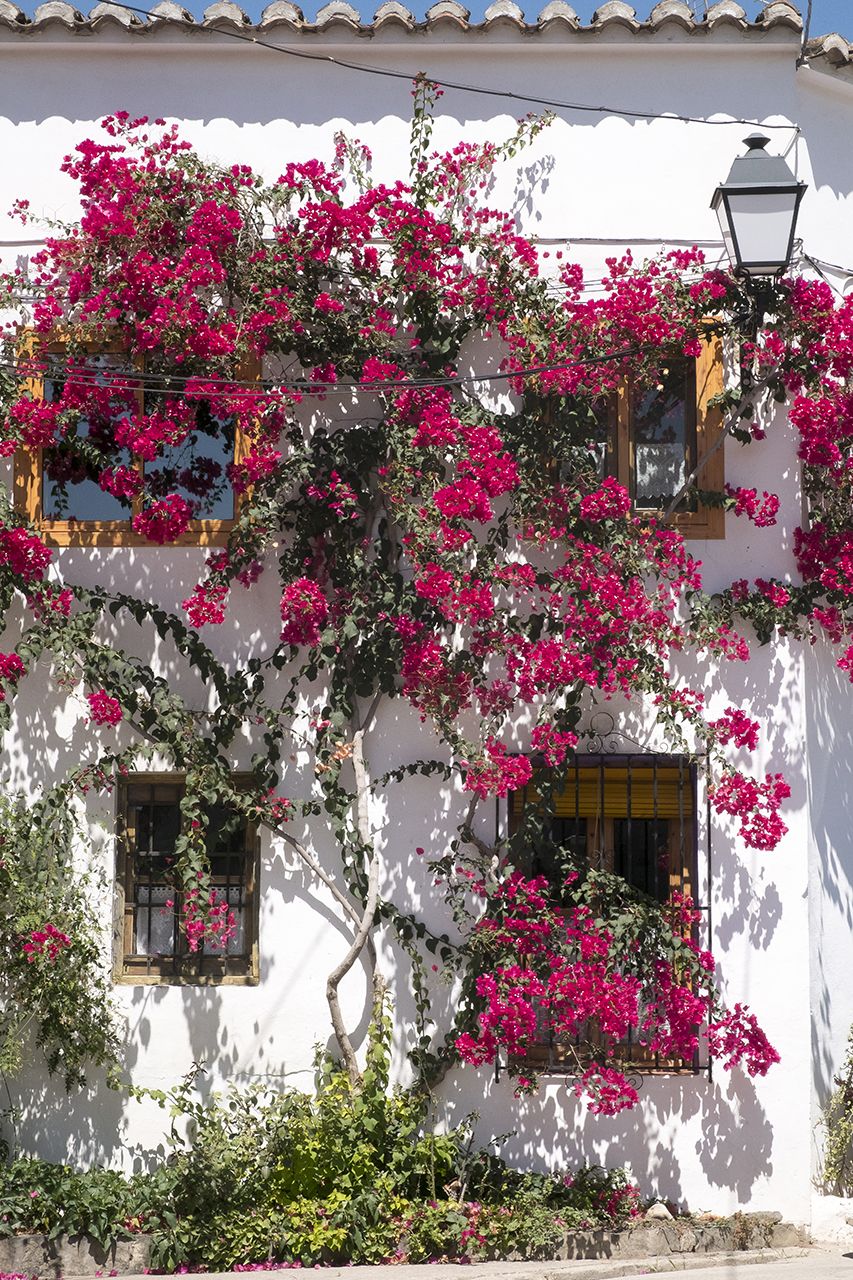Bugarra
Bugarra is a town bathed by the waters of the River Turia. This village has become a tourist attraction for those seeking rest and enjoyment in the endless possibilities offered by its waters. It is located on the border of the La Serranía administrative region with Camp de Turia, and is very close to Valencia, which increases its attractiveness. The local economy is based on agriculture (fruit, vegetables, olives and wine). Numerous remains from the ancient settlers from the Bronze, Iberian and Roman periods have been found.
Gastronomy:
“Olla de pencas”, a stew with beans, stalks (thistles), pork, lamb or beef, potatoes and “botifarra” sausage. Mention may also be made of “el primo”, a baked savoury cake made with flour, olive oil and peanut. The San Isidro Agricultural Co-operative sells different qualities of white wine, Muscat, claret, as well as a drink known as “apertivo”, a smooth vermouth to taken between meals and which is made with Merseguera grapes and marketed under the name “El Campillo”.
An old oil press that has been equipped with modern facilities is used to make virgin olive oil, which is marketed under the name “Casa Nuestra”. The most common olives are “villalonga”, which is a variety of “manzanilla”, and “la morruda”, which is collected from the centuries-old trees.
Another well-known local dish is “olla de pencas”, a stew with beans, stalks (thistles), pork, lamb or beef, potatoes and “botifarra” sausage. Mention may also be made of “el primo”, a baked savoury cake made with flour, olive oil and peanut. Meats and sausages, specialties being blood sausages and cured Easter sausage.
Places of interest:
Worthy of note is Bugarra’s 17th century baroque parish church, which is dedicated to Saint John the Baptist.
The River Turia – Bugarra Camping Site is a true haven of nature in the administrative region of Los Serranos, with abundant trees and clear waters. Just 50 km from Valencia you can enjoy true tranquillity with comfortable facilities, …
Several streets run through the village, which has an unusual layout of long, wide streets suggestive of a grid. Calle Ancha, Calle del Medio and Calle de Abajo, and the nearby church and the residence of the feudal lord, built in the 16th century and of which only part remains. It was known as the Tower, probably because it protruded above the surrounding houses. It is currently the most important civil building in Bugarra.
The 17th-century parish church of Saint John the Baptist dominates the square; its bell tower has an additional attraction, as its base formed part of the minaret of the mosque that dates back to medieval times. Inside the restored church there is a 17th century sgraffito and the reproduction of a wooden altarpiece by the sculptor Vergara that was once present in the main altar.
Bugarra has an enviable natural environment. It has one of the few river beaches of the province, next to the River Turia and near the campsite. The area is surrounded by the mountains of Chiva and Chulilla, with the highest peaks being “El Alto de Roger” (568m) and “Bastos” (576m).
There are numerous springs, including “Fuente La Hortezuela”, which stands out for the medicinal properties of its water. Other springs include “Fuente del Pino”, “La Marjuela” and “Fuente de las Viñas”.
The southern section of Bugarra’s municipality, on the right bank of the River Turia, which cuts the area in two, is ideal for trekking, as well as for those seeking to enjoy a peaceful stroll.
The morphology of the Valencia Region has enormous potential for karst, ideal for the development of cavities, caves and chasms.
The landscape of the administrative region of Los Serranos, and especially the mountains around Bugarra, accompanied by the ravines and gullies created by the passage of the River Turia, make Bugarra a paradise for cavers.
Mention may be made of the “Colomera” Cave, with a large, 56x44m, created by the collapse of its interior, and the “Meriguel” Cave, which served as sanctuary to the Iberians and then the Romans.
Further caves include “Cueva del Vízcaino”, “Cueva de la Higuera”, “La Parzanera”, etc.
Festivities:
During the first fortnight in October, the village’s main festivities are held in honour of Our Lady of the Rosary and Christ of the Good Death. Events include processions, masses, street dances and fireworks. Although subject to a fall in popularity in the past, Bugarra’s Municipal Band is now once again regaining its past splendour, which saw it win numerous prizes and awards. A new theatre, belonging to the local Music Society, is being built on the site of the former theatre, which dated from 1927.
The festivities of the Rosary, which were organised by the Brotherhood of the same name on an annual basis and which were accompanied with meals, were already considered important in the past. A lot has changed since the times in which, in order to celebrate the festivities, the “calvarios” had to go house by house collecting part of the harvest in order to pay for the acts. Following the harvest, the grapes were stored in the “Bodeguica de la Virgen”, from where they were later sold for the festivities. The Brotherhood of the Rosary was founded in the 16th century and lost in the 19th century. However the festivity is still held today, during the first fortnight in October.
Bull-running is held in Calle Ancha and the village square during the week following Easter Sunday.
- Festivities in honour of Saint John the Baptist, the patron saint of Bugarra, are held on 24th June.
- Bonfires are built in Plaza Mayor for the festivities of Saint Anthony, 17th January.
- The festivities in honour of Our Lady of the Assumption and Saint Roche are held on 15th and 16th August.







